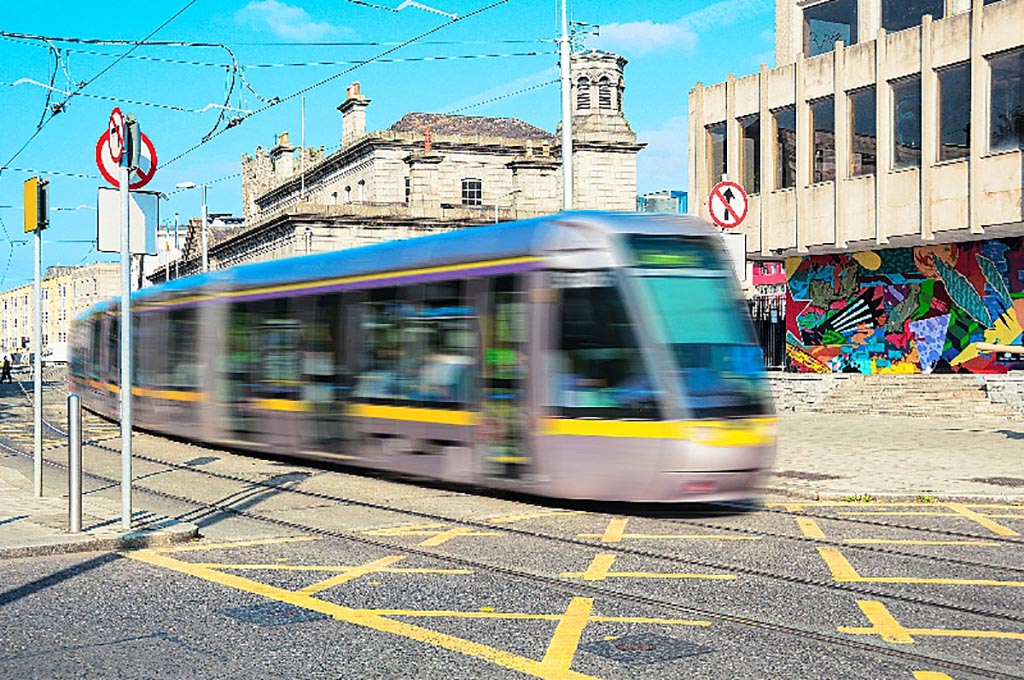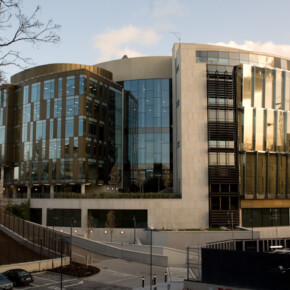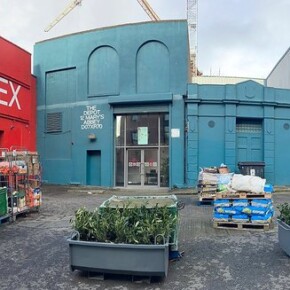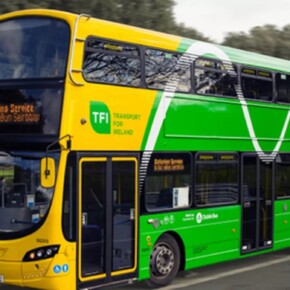COMMENT: We need to future-proof public transport
Dublin People 17 Feb 2018
IT’S fair to say that Luas Cross City has had a difficult birth, with the service beset with difficulties since coming into operation just before Christmas.
The initial chaos was attributed to teething problems with the signalling system. But despite the inconvenience caused to passengers and motorists, most observers were inclined to give the new service the benefit of the doubt. Any major project such as this deserves time to adjust and, equally, other road users and pedestrians need to adapt to a major change to the city’s transport network.
Two months on and there are still complaints. Longer trams, which were intended to alleviate overcrowding, were unable to stop on O’Connell Bridge without blocking traffic on the quays. At College Green, pedestrians now face long delays crossing the road while a number of bus services had to be rerouted to ease congestion in the area.
That’s not to say that Luas is a bad thing. On the contrary, getting people out of their cars and onto public transport is the way forward for a city restricted by its historical layout. Hindsight has shown us the folly of ripping up perfectly good tram lines, which once served as the arteries of our city and suburbs. And while it is heartening to once again see trams gliding down O’Connell Street, today’s Luas has to compete for very limited space with a multitude of other road users.
Traffic volumes have increased exponentially over the decades and there are still not enough attractive public transport options to encourage us to leave our cars at home. The DART service is excellent if you live along its largely coastal route; the Luas Green and Red lines have undoubtedly changed commuters’ lives since their launch in 2004.
But what about the rest of us? We have a major European airport without a rail link and rapidly expanding towns such as Swords and Lucan that are still largely reliant on bus services and private cars. Of course, if and when Metro North happens, much of this will change for the better. However, some lessons from Metro Cross City need to be learned in terms of the disruption factor during its construction phase – and the congestion issues that arose when it came into service.
To me, it still makes more sense to look at going underground. It may be a costlier option but the long-term benefits would be immeasurable. In tandem with existing Luas and bus services, Dublin could finally have an efficient public transport network that would be future-proofed for generations to come.











